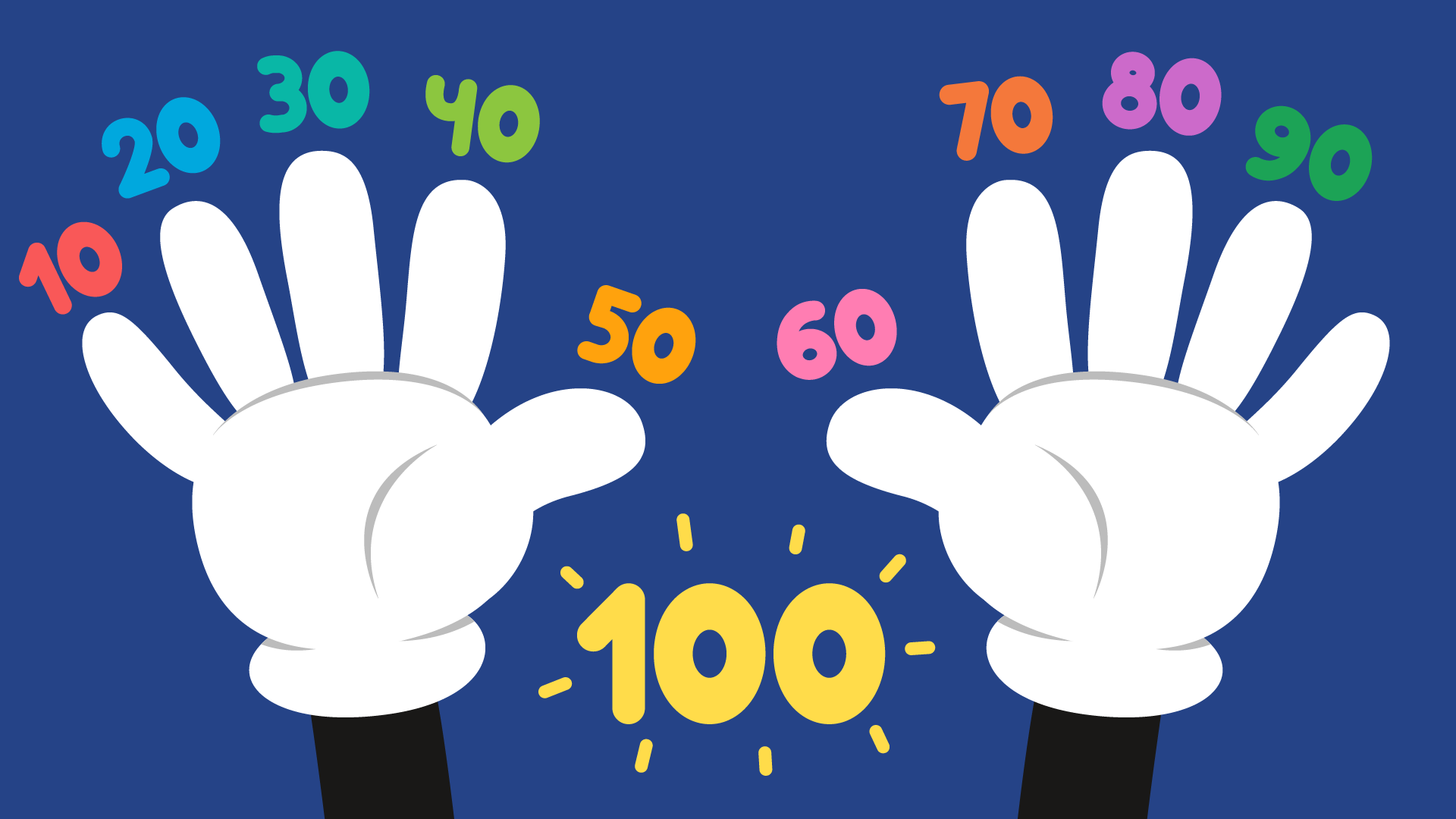Practicing number decomposition Worksheets for Kids
1 filtered results
-
From - To


Free Place Value Worksheet for 3rd Grade
Question/Answer
Why is the Practicing number decomposition skill important for Grade 3 students?
Practicing number decomposition is crucial for Grade 3 students because it strengthens their understanding of how numbers are constructed, enhances their mental math abilities, and lays a solid foundation for more complex arithmetic operations, such as multiplication and division. This skill also aids in developing problem-solving strategies, making learning math concepts more accessible and engaging for students.
What does the Practicing number decomposition skill mean when it comes to Grade 3 Numbers learning?
Practicing number decomposition in Grade 3 involves breaking down numbers into their constituent parts, such as splitting a number into tens and ones or into other number combinations that add up to the same value. This skill helps students understand the composition of numbers, enhancing their ability to perform addition, subtraction, and understand place value.
What are some effective activities to train students’ Practicing number decomposition skill when teaching them about Numbers?
Effective activities for training students in number decomposition include using manipulatives like counters or blocks for hands-on practice, playing number splitting games, engaging in interactive worksheets or digital apps focusing on breaking down numbers, incorporating number lines to visualize decompositions, and conducting group or pair activities where students decompose numbers together and compare strategies.
 Assign to My Students
Assign to My Students




















